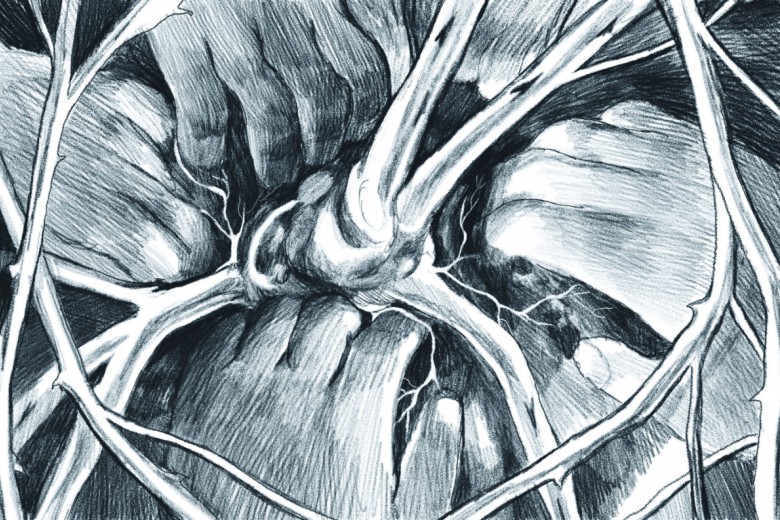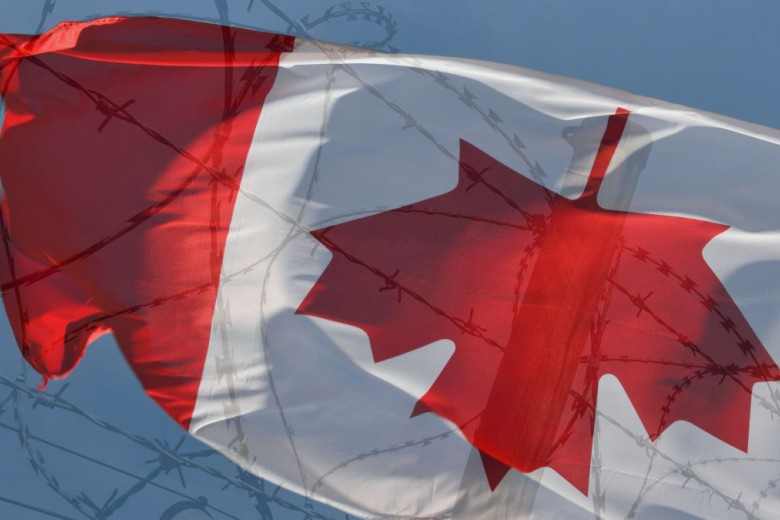“The state waits for submission.
We answer with endurance.”
That’s how the Drug User Liberation Front (DULF) describes their fundraising efforts in support of their anticipated constitutional challenge to the Controlled Drugs and Substances Act – which criminalizes drug use – infringes upon section 7 life, liberty, and security of the person and section 15 equality rights of the Canadian Charter of Rights and Freedoms. As of October 13, 2025, following a month-long desperate push to raise $350,000, they managed to get close with $294,216.
In an attempt to prevent overdose deaths due to British Columbia’s toxic drug supply crisis, DULF piloted an initiative in 2022 to provide a safer supply to a small compassionate club, both to the knowledge of politicians and public health officials and with the intention of the public health system eventually being used to scale it up.
B.C. premier David Eby, under whose New Democratic Party government founders Eris Nyx and Jeremy Kalicum were arrested in October 2023 on charges of illegal distribution, acknowledged, “It’s unfortunate because they were providing essential life-saving work. But they were also breaking the law, which we will not tolerate.” Eby’s pandering to right-wing narratives about drug use while simultaneously acknowledging that DULF was patching holes in his government’s own social safety net demonstrates the hypocrisy of a government for which vote-courting trumps human life.
Online outlet Drug Data Decoded reports that as Nyx and Kalicum’s criminal trial was recently wrapping up, presiding Justice Catherine Murray remarked that “everyone knew what was happening. It seems like [Nyx and Kalicum] are being hung out to dry.” With their verdict set for November 7, 2025, Drug Data Decoded notes, “If the verdict is guilty, it is expected that DULF will seek a constitutional challenge. If successful, this could overturn the Controlled Drugs and Substances Act, which has stood since 1996 as the central apparatus of drug prohibition.”
Despite calls to legalize supply – and thereby deflate the power of organized crime and the need to access an illegal supply – politicians and the mainstream media instead throw their weight into vilifying and criminalizing those most harmed by the toxic drug crisis. A groundswell of people who understand that the criminalization of drug users hasn’t made anyone safer have rallied around DULF with myriad fundraisers and donations. But how much could be accomplished if labour unions extend their efforts from stopgap solutions that occasionally help a worker or two and harness their full institutional power?
Two of our stories in this issue explore different facets of the impact of punitive drug policy on workers and how inextricable the fight against the war on drugs is from the fight for labour rights.
Miru Yogarajah writes about the now-defunct Toronto Harm Reduction Workers Union (THRWU) which aimed to fight for the labour rights of harm reduction workers and expand our understanding of who deserves labour protection outside of traditional union structures. However, this doesn’t exempt traditional unions from stepping up; as harm reduction worker Zoë Dodd tells Yogarajah, “We had a lot of workers lose their jobs. We could have had more union support when harm reduction was under attack – it was a labour issue.”
Meanwhile, in this issue’s cover story, Byron Wood argues that workplace drug policies hurt workers and provide boons to privatized health care. Workplace monitoring programs have not changed since the 1980s, Wood writes, and give workers two choices: agree to be surveilled or lose your job.
Additionally, these policies do not account for how workplace conditions can contribute to workers self-treating or creating a dependency on substance use in the first place. Wood explains, “Those working in the construction, trades, and transportation industries – where work is physically demanding and injuries are common – have experienced the highest rate of opioid overdose deaths. Workers denied paid sick leave sometimes seek opioids to treat their pain quickly so they can keep working. Employers then punish them for doing so.”
To stem this war on drugs, all tools are necessary and all hands needed on deck. According to an Instagram story posted by DULF on October 22, 2025 just before this issue goes to print, while donations have been trickling in, they still have about $40,000 more to go on their fundraiser. From pushing unions to step up, taking the streets, or challenging the failed status quo from within the legal system, we must, in DULF’s words, “answer with endurance.”
In solidarity,
meera eragoda, Editor
Order our November/December 2025 issue here.


_1200_675_90_s_c1_.jpg)


